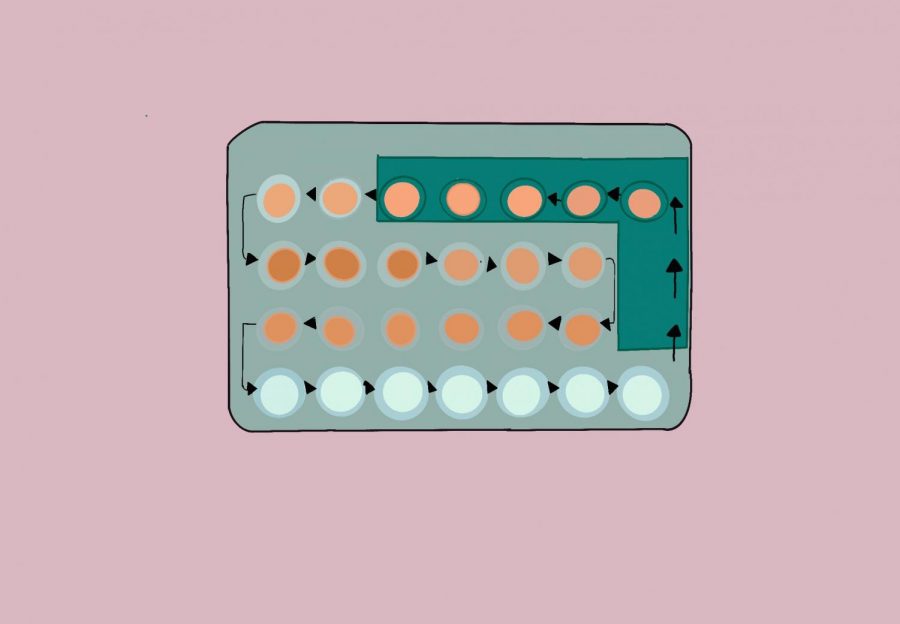Society has created an atmosphere where women are not only expected to take birth control but told that it is their responsibility to protect themselves from becoming pregnant by taking some form of it. Yet none of the methods are, in reality, all that great.
The first thing society lacks in understanding is that women can take birth control for many things, not just as a contraceptive. For example, many women use birth control to prevent pregnancy, acne, bone thinning, cysts, iron deficiency, and PMS (premenstrual syndrome) to make periods more convenient. Knowing all of these various reasons birth control is used, it would be assumed that there is an advanced form of birth control that works for everyone. But for a lot of women, the side effects do more harm than good.
When a woman receives a form of birth control, there is an excessively long list of all its side effects that could possibly scare them away from using it. More extreme side effects of taking birth control include severe stomach aches, migraines, blurred vision, and shortness of breath. There are plenty of other negligible side effects that women have to become accustomed to as they begin their birth control journey.
This isn’t to say that birth control isn’t effective; most of the time, it is. For example, the pill was approved by the Food and Drug Administration (FDA) in 1959 and has been working ever since. If you use it perfectly, the pill is 99% effective; if you miss pills, it becomes around 91% effective. As time has gone on, new methods of birth control have been developed to fit everyone’s needs.
Now, I don’t want anyone to mistakenly think I am arguing against the effectiveness or usefulness of birth control. I am trying to point out that since there have been so many advancements in how society sees and uses birth control, there needs to be a better version, with less painful side effects.
A common argument is to say that there should be birth control for men. I have always believed that since a woman is the one who has to deal with the physical repercussions of being pregnant, it is only fair to have their male counterparts be responsible for preventing that if they need. While male birth control exists in the form of condoms and vasectomies, no birth control method is 100% effective. Plus, if women don’t want to be forced to take birth control, neither should men.
The biggest issue is that such a large number of women take birth control and are forced to deal with the side effects. In 2018, 65% of U.S. women aged 15–49 were using a contraceptive method. Another study published in 2015 showed that in the U.S., around 1 in 10 men get vasectomies. Society has been proven to favor women taking birth control over men. We have seen this via sexual education courses and overall trends in data. With this overwhelming amount of women who have reportedly taken birth control, at some point, there needs to be a more efficient, less painful method.
As of 2020, a new, nonhormonal birth control, Phexxi, has been approved. Phexxi is a gel placed into the vagina just before sex to reduce the risk of pregnancy. This form of birth control may be better for those who use birth control to prevent pregnancy, but it doesn’t help those who use it for other reasons. Plus, two of the more aggressive side effects of Phexxi include yeast infections and UTIs. Plus, in typical use, its effectiveness drops to 86%.
Even though there are a variety of birth control options available, I hope there will be an even more advanced and less painful birth control made available sometime in the future.






















